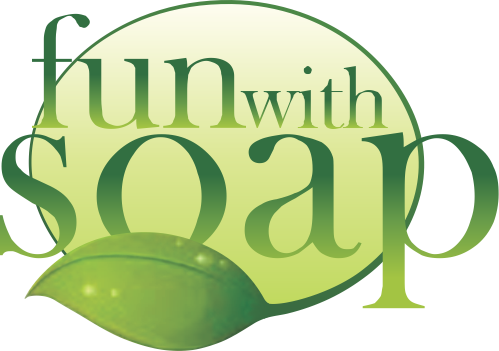What is the difference between cream, lotion and balm?
Creams, lotions, and balms are all types of skincare products, but they differ in their consistency, composition, and intended use. Here’s a breakdown of the differences between these three:
- Cream:
- Consistency: Creams have a semi-thick and creamy texture that falls between a liquid and a solid. They are thicker than lotions but lighter than balms.
- Composition: Creams typically contain a mixture of water and oil, often emulsified using an emulsifying agent. This composition allows creams to provide both hydration (from the water content) and moisture retention (from the oil content).
- Intended Use: Creams are versatile and can be used for various skincare purposes. They are well-suited for moisturizing the skin, providing hydration, and addressing specific skin concerns, such as dryness, aging, or acne.
- Lotion:
- Consistency: Lotions have a lighter and more fluid consistency compared to creams. They are thinner and more easily spreadable.
- Composition: Lotions also contain a mixture of water and oil but have a higher water content than creams. They are designed for quick absorption into the skin.
- Intended Use: Lotions are often chosen for daily moisturizing and hydration. They are suitable for use on large areas of the body, making them ideal for all-over body moisturization. Lotions can be formulated for specific purposes, such as sunblock lotions for sun protection.
- Balm:
- Consistency: Balms are the thickest and most solid of the three. They have a dense, semi-solid texture and do not contain water.
- Composition: Balms are primarily composed of oils, waxes, and sometimes butters. They lack water content, which gives them their characteristic thickness.
- Intended Use: Balms are designed for intense moisturization and protection. They are ideal for targeting dry, rough, or chapped skin, as well as for providing a protective barrier against harsh environmental conditions. Lip balms and healing balms for dry skin are common examples.
In summary:
- Creams offer a balance of hydration and moisture retention and are versatile for various skincare needs.
- Lotions have a lighter consistency, higher water content, and are suitable for broad skin coverage and daily use.
- Balms are the thickest, containing no water, and are best for intense moisturization and skin protection, especially for small areas.
The choice between creams, lotions, and balms depends on individual skin type, preferences, and specific skincare needs. It’s common to use a combination of these products in a skincare routine to address various concerns.
